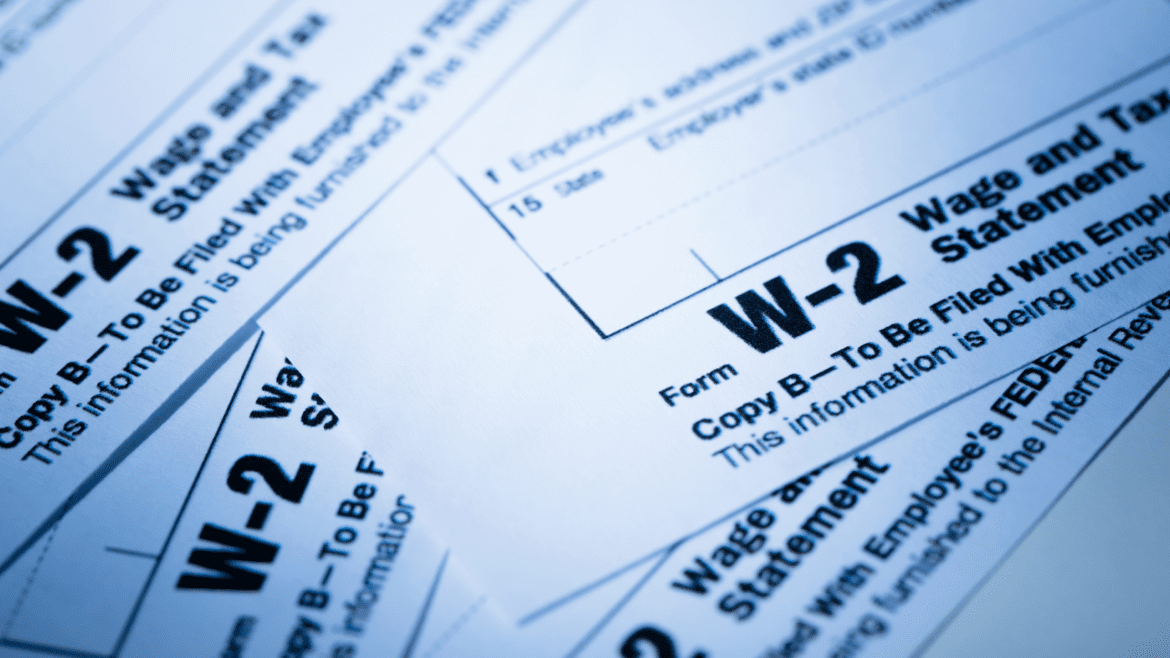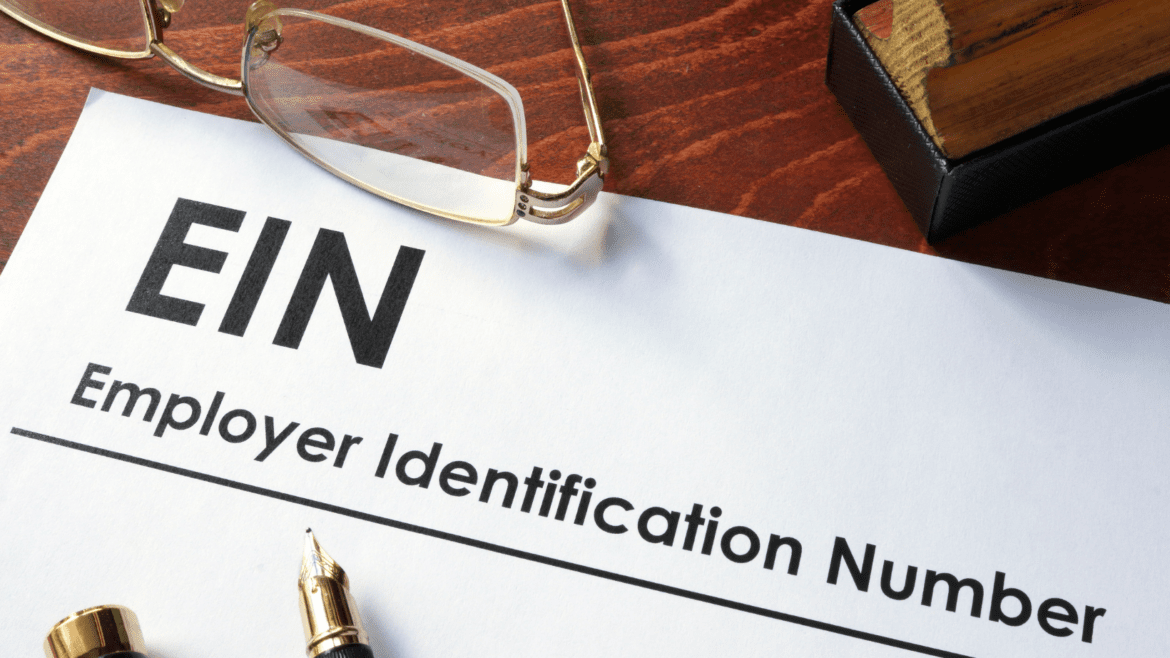HR Insight: Are Your W-2 Forms Correct?
How To Avoid Incorrect W-2 Forms
In addition to regular paychecks, employees receive another payroll document from the company they work for. That document is known as Form W-2. This important document provides a comprehensive overview of their income, including both gross income and taxable wages.
W-2s also display the total amount of money that was withheld from someone’s pay over the course of the relevant tax year. Money may be withheld for various reasons, including benefits, 401(k) contributions and a Health Savings Account.
The W-2 serves as a crucial and proof-oriented record for employees. It not only summarizes key financial information related to their employment, but it also must be submitted by both you and your employees come tax-filing season.
What’s the difference between payroll then and payroll now?
In the past, W-2s were typically required to be provided to employees by Jan. 31. This denoted the conclusion of the prior tax year. Paper filings were required to be submitted to the Social Security Administration by the end of February. On the other hand, electronic filings had a deadline of March 31. These rules have changed, however.
Nowadays, W-2s must be submitted to the SSA by Jan. 31. This aligns with the deadline by which employers must provide W-2s to employees. Additionally, penalties for failure to file a W-2 on time have changed. So have the deadlines for not providing the necessary and accurate information in order to account for inflation. These penalties now exceed $250 per return.
Some payroll issues that you must address
It is essential to rectify any instances of overwithholding of Social Security or Medicare taxes. You must promptly refund the excess amount to the employee. Also, if there has been an instance of underpayment, it is crucial to report and remit the accurate amount as soon as you are made aware of it.
Simultaneously, take into account both the employee’s and employer’s shares. In the event of underwithholding, you’ll have the option to recover the shortfall from future payments made to the employee.
However, it’s important to note that any overwithholding or underwithholding related to the additional Medicare tax cannot be corrected. When it comes to income tax withholding errors, it is not possible to make corrections once the taxes have already been deposited.
In such cases, employees are responsible for making up any shortfall or obtaining refunds by filing their tax returns accordingly. It is important to ensure accuracy in income tax withholding to minimize any potential discrepancies or issues that may arise for both the company and its employees.
The general rule of payroll
If there is an error in the amount shown on Form W-2, it is necessary to make a correction. While it is not possible to correct federal income tax withholding errors, it is crucial to rectify any discrepancies between the amount of withholding stated on the W-2 and the actual amount withheld.
In cases where the incorrect amount is within $100, no penalties are imposed for inadvertent errors. Ensuring that employees receive accurate Social Security credit for their earnings is ultimately what is of utmost importance.
Proper documentation of your employees’ earnings via Form W-2 will help maintain the integrity of their Social Security records. It will also ensure that they receive the appropriate credit for the income they have earned and received.
How to avoid common payroll errors
Did you know that the W-2 changes every year? Therefore, it’s important to make sure you purchase the appropriate form for each tax year. For this reason, you cannot use any leftover forms from years prior. Always print the current Form W-2 for each tax year. Not only will outdated W-2s not be accepted, neither will handwritten documents.
Formatting errors, according to the IRS
Be very mindful of formatting errors as defined by the IRS. When writing numbers, use decimal points and include cents rather than rounding up to the next dollar. Speaking of dollars, do not use dollar signs. And fill out W-2s only with black ink.
Make sure what you put in the boxes does not go outside the black lines. However, do not make the letters so small that they are illegible. Pay close attention to all the boxes, namely Box 13. This one is very important to pay attention to because there are three checkboxes included as part of Box 13.
Additionally, double-check that the boxes you fill in are applicable to the employee in question. Last but not least, if you find that you have made a mistake after filling out a W-2, know that it is not the end of the world. Simply fill out a Form W-2c and submit it as soon as possible.
How to improve the effectiveness of a payroll management system
Make sure the human resources department has access to the proper tools for automating payroll processes. Ensure that HR is in compliance with all legal mandates, regulations and requirements. This can help your HR team not only accurately process W-2s but also increase the accuracy of the payroll management program overall.
Set up clear and well-defined payroll policies
Establish clear policies for payroll operations. Cover various aspects such as exceptions, review processes, approval procedures, records management and legal compliance. Clearly define the process for handling exceptions. Establish robust review and approval procedures.
Also, develop a comprehensive policy for records management and retention. Familiarize yourself with relevant legal requirements and ensure that your company complies with those requirements. Clear policies promote consistency, accuracy and compliance. Keep this in mind as you put together a guide for your payroll team.
Look closely at your payroll process and any relevant providers
Assess your payroll provider and current processes to identify any inefficiencies. Consider switching to a provider that better suits your needs if you come face-to-face with frequent errors or issues. Identify payroll priorities and specific requirements to guide your decision.
Facilitate a smooth transition by coordinating change with your provider. Then, transfer the necessary data, set up the proper systems and communicate the changes to your employees. Proper planning and execution minimize disruptions for a successful switch to a new payroll solution.
What makes a payroll system successful?
Implementing an integrated payroll system offers multiple benefits to nearly everyone involved in your company. It streamlines processes, eliminates manual data entry and enhances paper workflows. It also connects payroll activities with time tracking, scheduling and benefits-related features.
A unified system ensures accurate pay classifications, reduces errors and facilitates adjustments. Make sure you prioritize accuracy when creating W-2s for your employees. That way, you can avoid complications, penalties and additional work later on. Thoroughly review each W-2 before submitting it to the SSA. Also, send each W-2 to the appropriate employee so they can file on time and you can experience a smoother tax-filing process while complying with regulations.
©2023
Sign up for PeepTek Solutions’ Newsletter



